Salivary gland malignancies affect 2.5 to 3 in 100,000 people each year in the United States, and comprise only 6% of head and neck cancers.
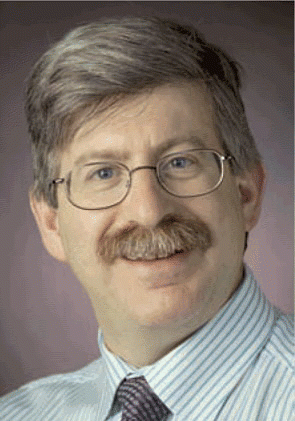

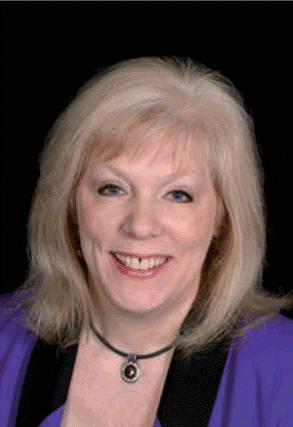
As of October 1, all audiologists who provide services to Medicare patients must use their own National Provider Identifier (NPI) on claims submitted to the Centers for Medicare and Medicaid Services (CMS).
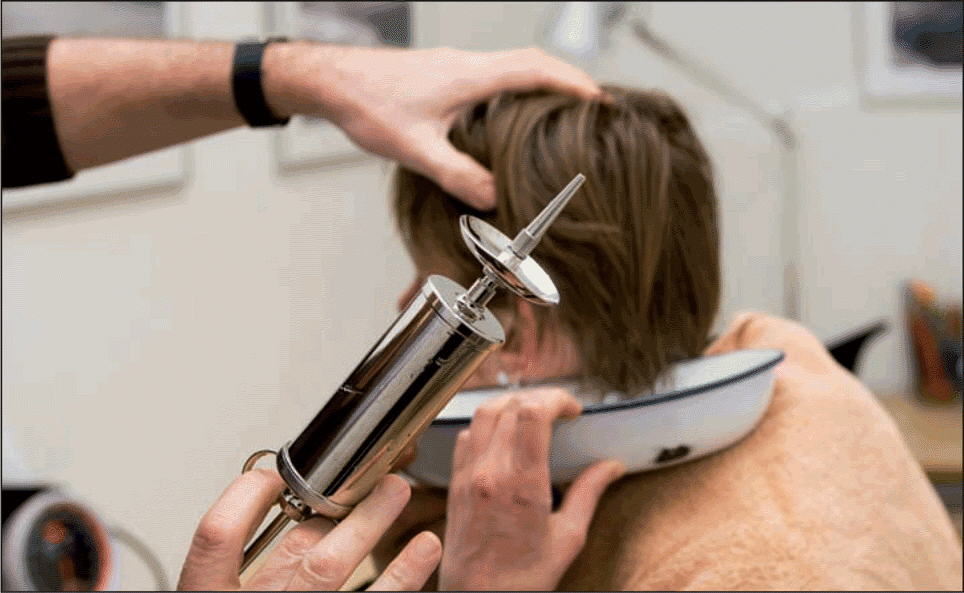
In September, the American Association of Otolaryngologists-Head and Neck Surgeons (AAO-HNS) published the first clinical practice guidelines on the removal of impacted cerumen (Otolaryngol Head Neck Surg 2008;139:S1-S21).
Treatment with the antiepileptic drug pregabalin (Lyrica) appears to relieve symptoms among patients with laryngeal sensory neuropathy, researchers reported at the 88th annual meeting of the American Broncho-Esophagological Association.
A leading endoscopic surgeon said that removing complex esthesioneuro blastomas can be achieved using accepted oncological principles, and that the early results appear comparable to outcomes achieved with conventional surgery.

A recent study published in the Archives of Internal Medicine concluded that hearing loss is more prevalent among adults in the United States than previously believed.

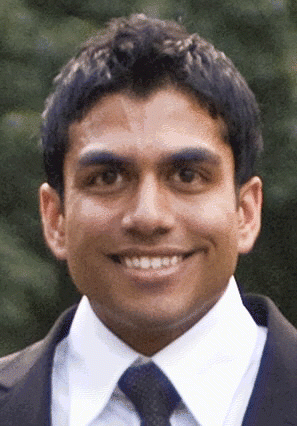
A meta-analysis of the literature suggests that oncologic and voice quality results are similar if patients with early-stage glottic cancer are treated with either transoral laser surgery or external beam radiotherapy.
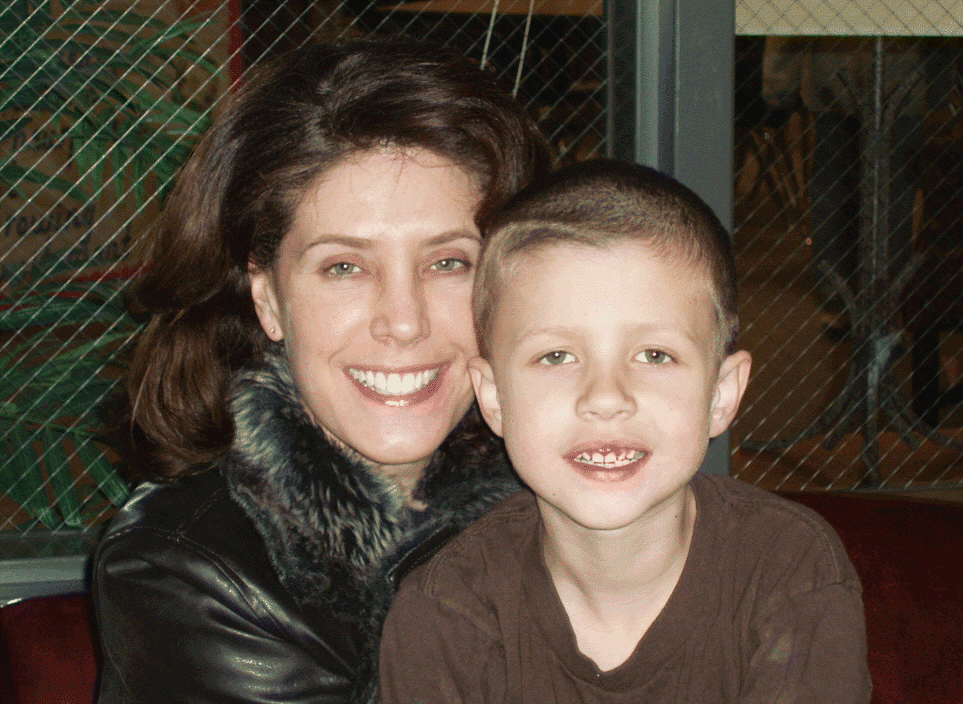
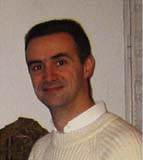
Physicians have suggested that the likelihood of failure of surgery to correct subglottic stenosis appears to be related to the age of the child at the time of treatment and whether the child is being treated at a tertiary care facility.